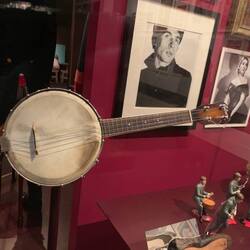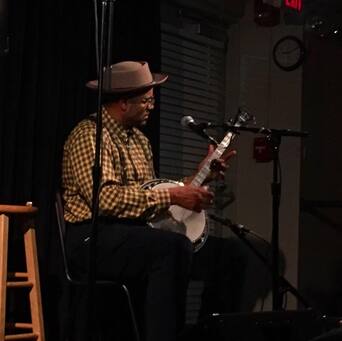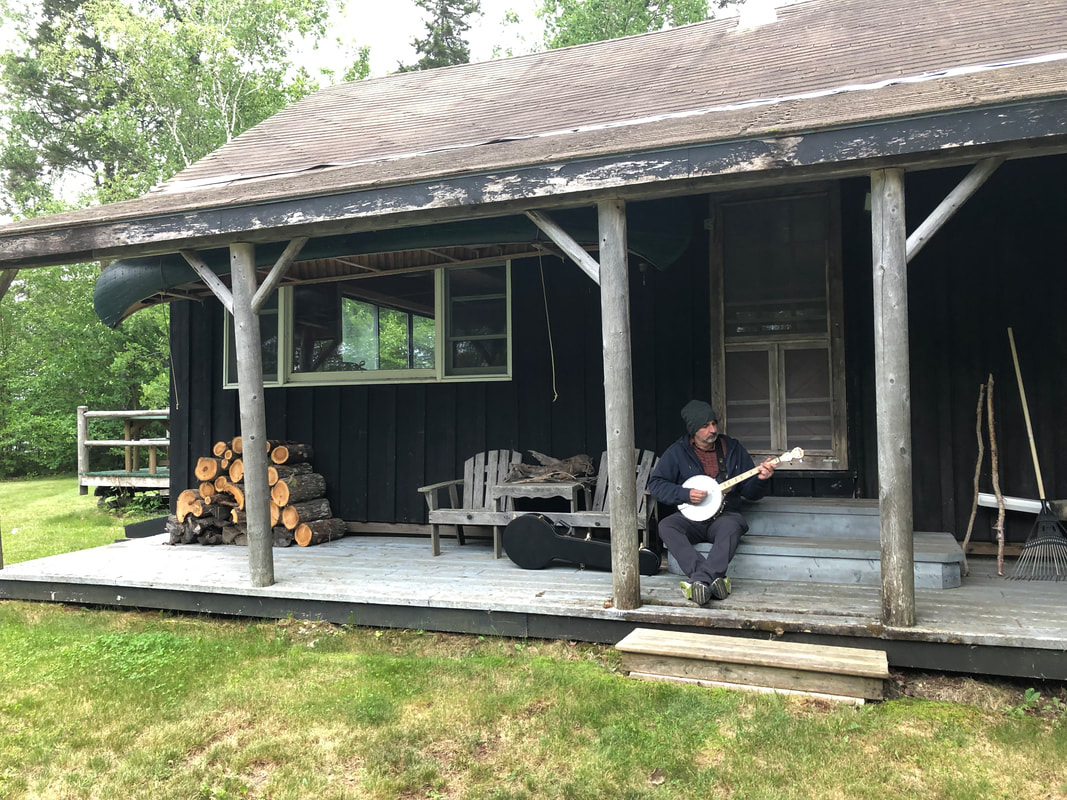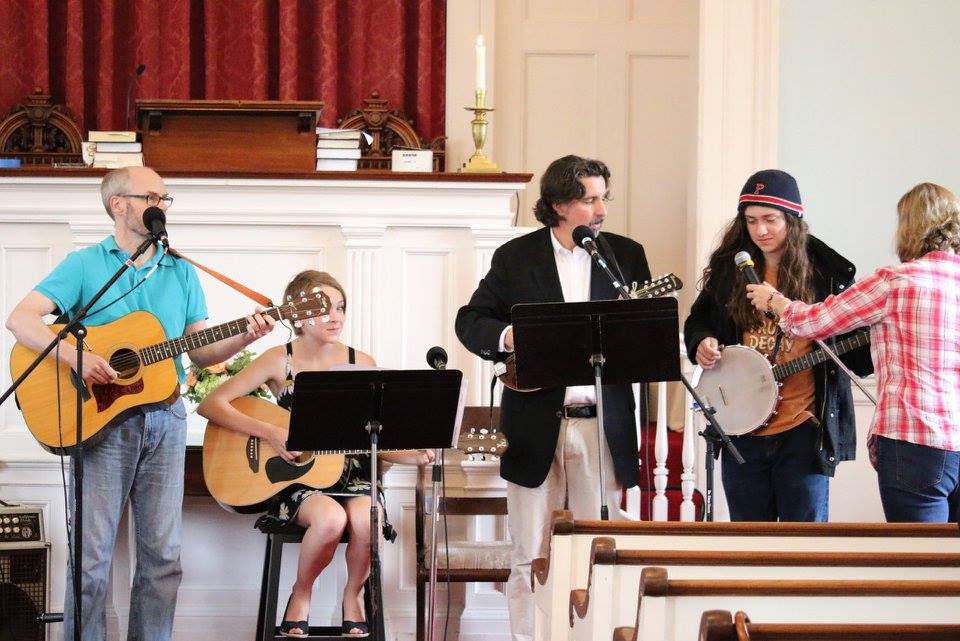 Banjo-Uke formerly belonging to ukulele phenom George Formby Banjo-Uke formerly belonging to ukulele phenom George Formby Sometimes you are never good at something but it still makes you happy. As we go through life there are many things that feel--or become--too difficult, even when we put in our time and effort to get good at them. As the years and days go by the results trickle in and we slowly turn toward the things that complement our skills and abilities. There is a toxic way to go about this--just look at the comments on the Celtic's fan page--and there is a non-toxic way. The non-toxic way requires maintaining interest and appreciating the skills and gifts of those who have succeeded. When we fail we also learn. We gain insight we wouldn't otherwise have and even though we drift away from the doing, we still find joy in experiencing the success of others. Sometimes, too, we keep on doing the thing...even though we do not expect much growth or success. I mean this is a good way. Continued trying also brings joy. For me, one of those areas is music. I play (or try to play) a number of instruments pretty poorly. I do not seem to get better. There was a period, in fact, when I was a kid where my piano teacher kept giving me easier and easier method books. I was literally and measurably getting worse as I played! However, I enjoy it. It is part of my "walk" as much as walking, itself. Therefore, I am sharing with you a bit of that journey too...when it makes sense.  Dom Flemons playing a plectrum banjo most likely with "Chicago" (guitar) tuning. Dom Flemons playing a plectrum banjo most likely with "Chicago" (guitar) tuning. It kinda makes sense these days because I am getting ready for a gig. You see, I am in a loose band of sorts that mostly plays in church. There is a core of three or four people and then a broader cloud of participants when they are available. We play folk and gospel songs in church mostly as hymns and "special music". The group is an outgrowth of a youth ministry called the "Eliot Church Ukestra." Kids grow up of course. This leads us to the gig. Some of the former ukesters went on to form a much better band and now we amateur few get to play during their lunch break once a year at a party known as the Endwar Biathalon. This year I am playing the banjo. The banjo deserves its own post, of course. It was born out of the African-American experience when enslaved people adapted the gourd instruments of Africa using the material around them on the plantations of the south. This is why a banjo looks so different when held up against a guitar, for example. There is a drum head and metal bits creating a sound that can be sublime or can be unpleasantly--and occasionally pleasantly--like witnessing a car engine throw a gear or two. However, that is part of its appeal. It is not "nice." It has resistance built right into it. It is worth noting that if you didn't know that the banjo is an African American instrument there is a reason. Of course that reason is racism. The banjo was nearly taken over by white people in black-face during the "Minstrel" craze of the early 20th Century and then continued to be popularized in "country" music as defined by the traditionally racist recording industry in Nashville. As a white person who plays, I find this important to be aware of. Of course black banjo players didn't go away. Now the banjo is being taken up again by innovative performers like Rhiannon Giddens, Dom Flemons, Hubbie Jenkins, Layla McCalla, Trey Wellington and many others. It is good to see and to hear. Banjo is actually a family of instruments. The most famous--and the one Americans refer to as "the" banjo--has five strings, is open-tuned (if you strum it without pressing any strings it makes a recognizable chord), and is featured in bluegrass, country, some rock-n-roll, and anywhere hipsters gather. It has a pretty sound with each note ringing (according to Pete Seeger) like pinpricks or tiny stars. I love it. There is something special about lying out in a field some summer night at a music festival listening to the banjo, fiddle, and mandolin (I also play mando) bouncing off the hills. However, that is not the one I play. I play a four-string tenor banjo. To be precise (because it matters) I play a 19-fret, open-backed (no resonator), "Irish Tuned" tenor banjo. The tenor (in all its iterations) was adapted for jazz and was a go-to for filling out the rhythm section. They are ideal for choppy, staccato chords that can be heard over the horn section. If you ever go to Honk, you have seen them near the drums in the marching line. The tunings vary, so does the body. In any case it is loud and sometimes harsh sounding. Today it continues to have a place in New Orleans jazz, Irish music and folk-punk. To hear it played well you can look up Don Vappie, the Dubliners, The Pogues, Carolina Chocolate Drops, Dropkick Murphys, and Devil Makes Three. Those last two bands have mosh pits. The tenor banjo has edges which I like, but, of course, that makes it hard to play and--as I mentioned before--I am not a very good musician. I have to practice a whole lot over the next few days. Anyway, this is a long post to ask you to pray for me as I once again try to find joy in the midst of my inadequacy. If you have a similar hobby I urge you not to give up. Not because you are going to get better--though you might--but because it brings you joy and you bring joy to the world.
0 Comments
Leave a Reply. |
Adam Tierney-EliotI am a full-time pastor in a small, progressive church in Massachusetts. This blog is about the non-church things I do to find spiritual sustenance. Archives
June 2024
Categories
All
|


 RSS Feed
RSS Feed